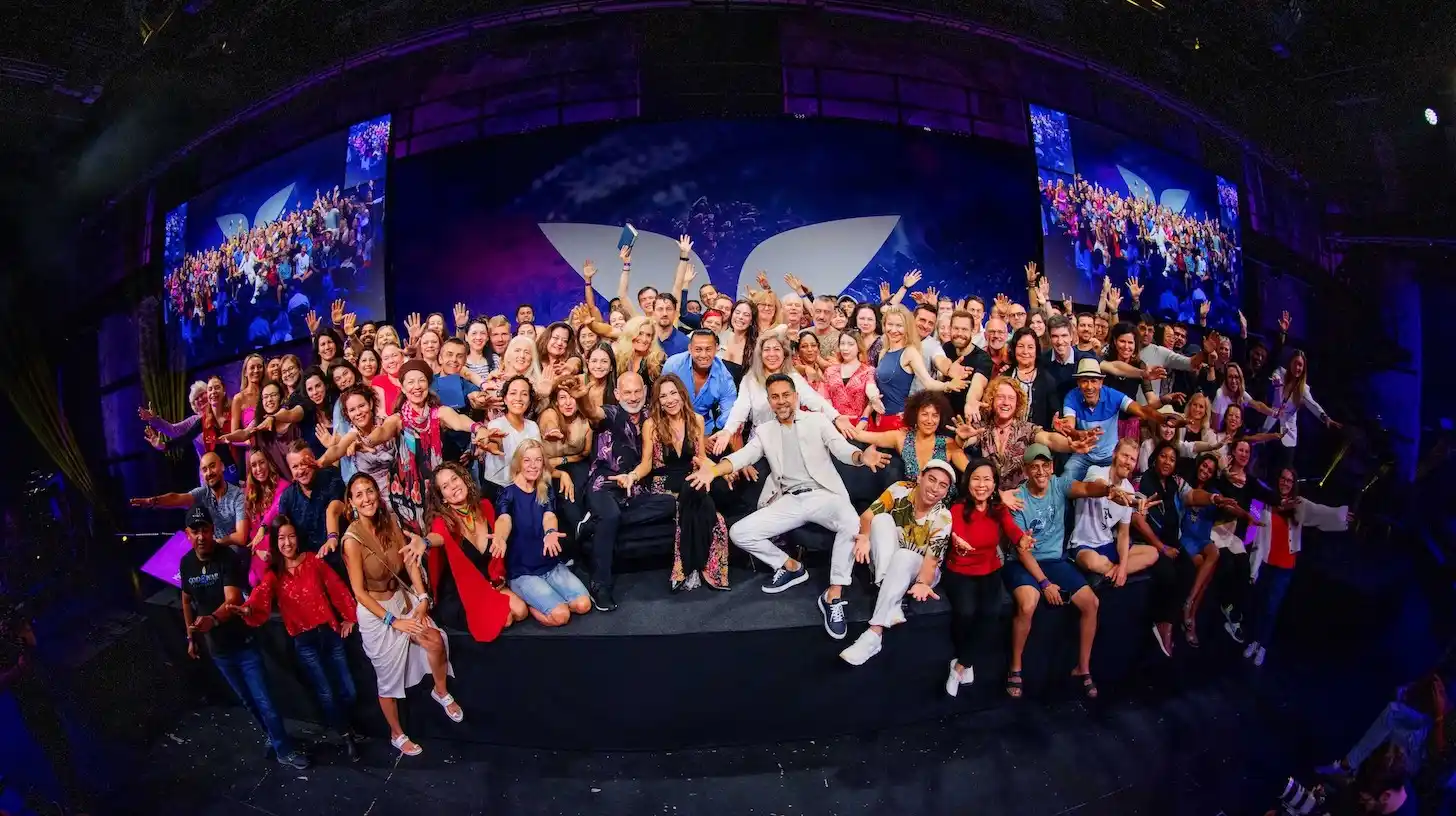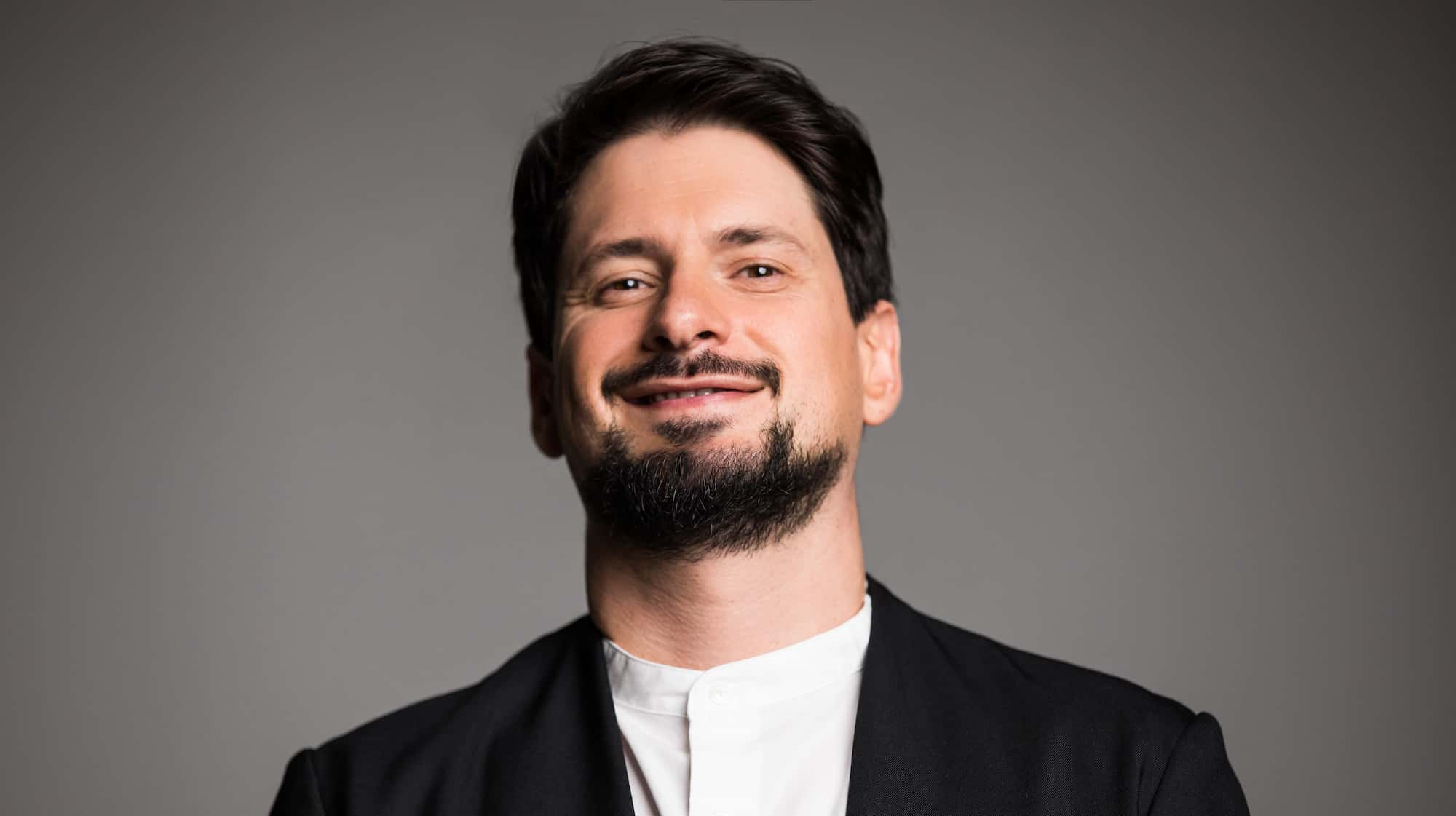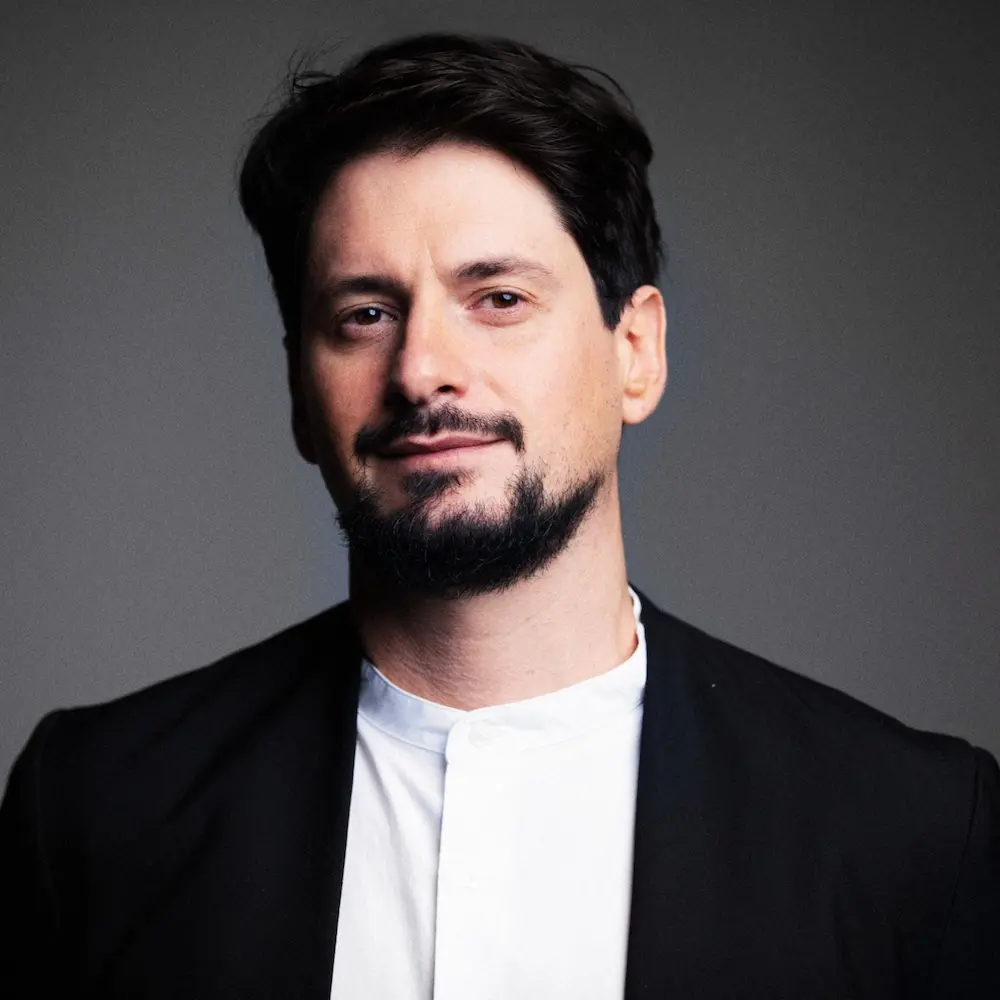Have you ever bought a product because of the brand’s reputation, only to be disappointed when it didn’t live up to your expectations? If so, then you’ve experienced a broken brand promise.
In a nutshell, a brand promise is the commitment a company makes to its customers, defining what it stands for and what customers can expect from it. It’s what separates successful brands from those that struggle to gain a foothold in the market.
“This is what you say,” says Jeffrey Perlman, a branding expert and the trainer of Mindvalley’s Building an Unstoppable Brand program. And taking inspiration from his wisdom, there are plenty of things you can learn to craft one heck of a brand promise.
Disney’s got its magic, Nike’s got its athleticism, Tesla’s got its electric sustainability, Airbnb’s got its belongingness, and Mindvalley’s got its transformations. So what’s yours? Let’s go find out.
What Is a Brand Promise?
Whether it’s business or personal branding, a brand promise is all about getting your audience to trust you. It’s your commitment to your customers, outlining what they can expect from your brand’s products or services.
A brand promise is what you resolve for your customer at the functional level, better than anybody else. This is what you say; everything else is what you emote.
— Jeffrey Perlman, trainer of Mindvalley’s Building an Unstoppable Brand program
It’s a statement that defines the brand’s identity, values, and purpose. Additionally, it sets expectations for the customer experience.
Think of Nike, for example. The brand promises “to bring inspiration and innovation to every athlete in the world.” And it’s evident in its consistency across all their touchpoints, including advertising, packaging, customer service, and product quality.
As Nike’s former Chief Marketing Officer, David Grasso, put it, “We believe in the power of sport to move the world forward.” This brand promise has helped Nike become one of the most recognizable and successful brands globally.
Brand promise vs. slogan
While a brand promise and slogan are important elements of building a brand’s identity and marketing strategy, they serve different purposes.
Here’s a comparison between the two:
| Brand Promise | Slogan |
| A commitment a brand makes to its customers | A catchy phrase or tagline used in advertising and marketing campaigns |
| Outlines what customers can expect from the brand’s products or services | A memorable and concise statement that captures the essence of the brand and its unique selling proposition |
| Speaks to the cognitive brain (involved in how well one thinks, learns, and remembers) | Speaks to the limbic brain (involved in the behavioral and emotional responses) |
| Long-term commitment a brand makes to its customers | Short-term marketing tool used to promote the brand, create brand recognition, and make it go viral |
| Example from Nike: To bring inspiration and innovation to every athlete in the world | Example from Nike: Just do it |
A strong brand promise, like Nike’s, communicates what makes a brand unique and different from its competitors. And, as you brainstorm ideas for your own, keep in mind that they should also create an emotional connection with your customers.
Why Is a Brand Promise Important?
Every single aspect—from the brand architecture to the brand experience—plays an important role in the success of a business. The brand promise is part of that ecosystem, setting clear expectations for customers so that they know what they’re getting every single time.
“They tell you exactly what the brand resolves for the customer,” Jeffrey explains. He adds that it’s all about what you say, not what you show.
Moreover, statistics show that 81% of consumers need to trust a brand before they’ll consider buying from it. So it’s an aspect that shouldn’t be compromised.

Examples of a Brand Promise
While brand promises communicate a company’s values and purpose, here’s a little secret about crafting one: It should be straightforward. It’s as simple as that.
Here are examples of brand promises from labels you may know.
- Airbnb: “Belong anywhere.”
- Amazon: “To be Earth’s most customer-centric company, where customers can find and discover anything they might want to buy online.”
- Apple: “To create innovative products that are easy to use and beautifully designed.”
- BMW: “The ultimate driving machine.”
- Disney: “To create happiness through magical experiences.”
- IKEA: “To create a better everyday life for the many people.”
- Google: “To organize the world’s information and make it universally accessible and useful.”
- Starbucks: “To inspire and nurture the human spirit—one person, one cup, and one neighborhood at a time.”
- Uber: “To ignite opportunity by setting the world in motion.”
- Virgin Atlantic: “To be genuine, fun, contemporary and different in everything we do at a reasonable price.”
To create personal transformation that raises human consciousness.
— The Mindvalley brand promise
These companies make it their mission to make things better for their customers. So use them as inspiration as you’re creating a brand promise of your own.
How to Write a Brand Promise: 3 Insights From Jeffrey Perlman
A brand promise is an essential element of building a strong brand that resonates with your target audience. It’s like crafting the perfect recipe—the right ingredients in the right amounts can create a memorable and mouth-watering experience.
The thing is, writing a brand promise may seem daunting—what values do you want to convey, and how do you even start? You can find any brand promise template on the internet. But if you want to craft something that’s in your signature style, then here are a few tips, with insights from Jeffrey, to get you started.
1. Know your audience
Your brand promise should speak directly to your target audience and address their needs and desires. As Jeffrey points out in the program, ask yourself, “What is a problem you’re trying to solve?”
Look at it this way: if your brand is women-centric, what problems are they facing and how are you going to solve them?
One great example to get inspiration from is Miki Agrawal, co-founder of THINX (and she also happens to be the trainer of Mindvalley’s Zero to $100 Million program). Her company creates period underwear, which is one of her business ideas targeted specifically at women.
So take the time to understand your customers’ pain points, motivations, and aspirations. With this newfound knowledge, you’ll have the resources to craft a promise that resonates with them.
2. Focus on what sets you apart
“How do you resolve [your customer’s problem] better than anybody else?” asks Jeff. This is a question that allows you to identify what truly makes you unique and different from your competitors.
With THINX, it’s not only about creating period underwear so that you don’t have to wear pads or tampons. It’s also about corporate social responsibility—the company’s mission is to help reduce plastic waste from disposables by creating thoughtful products that “always keep the Earth in mind—and help you live more sustainably!”
It’s important to identify your unique value proposition and the qualities that set you apart. List them out and use them as the foundation for your promise.
3. Keep it simple and authentic
As Jeff explains, “Brand promises are simple.” No matter how big or small your company is, it should also be memorable and authentic.
Back to the example of THINX, its promise is “to be the most innovative leader at creating comfortable and inclusive products for all of life’s leaks, while sparking conversation and building community along the way.” It focuses on creating a statement that is clear, concise, and true to the brand’s values and personality.
One other thing to remember is to avoid using jargon or buzzwords. Like a great recipe, a well-crafted brand promise requires careful planning and attention to detail. You don’t want to ruin it by adding too much salt or sugar to the mix.
How to Deliver Your Brand Promise
Creating a compelling brand promise is only half the battle; delivering on that promise is equally important. Your company’s word is a commitment to its customers, and failing to live up to it can erode trust and damage your brand’s reputation.
Here are a few things to keep in mind when you’re delivering your promise:
- Be consistent. “Consistency is the key,” as the saying goes. It’s an idea that Jeffrey emphasizes in his Mindvalley program. From your logo to advertising to how you look in pictures, all aspects should be in line to help build trust and reinforce your brand’s identity.
- Employee engagement. Research has shown that word of mouth can greatly impact consumer buying decisions, and the best people to really lift up your brand are your employees. Investing in employee engagement, training, and development can help ensure that your team is aligned with your brand’s values and mission.
- Continuous improvement. As your brand evolves and grows, it’s essential to continually evaluate and refine your brand promise. Solicit feedback from your customers and employees, track performance metrics, and make necessary adjustments to keep your brand relevant and effective.
Delivering your brand promise is a continuous process that requires ongoing effort on your end. As Jeffrey says, “The more devoted you are to your brand, the more devoted your customers will be.”
Let Your Promise Do the Talking
Remember: Your brand promise is the heart of your business. Just as a good cook follows a recipe, keep these tips in mind when crafting and delivering your promise to create a dish that delights every time.
And if you want to learn more from Jeffrey Perlman, check out his Building an Unstoppable Brand program on Mindvalley. With his guidance and expertise, you’ll discover how to:
- Rapidly ascend your brand,
- Build a memorable and iconic presence,
- Make better business decisions,
- Cultivate a world-class company culture, and
- Gain a deeper understanding of yourself, your own values and mission, and how you fit into your brand’s story.
What’s more, when you sign up for an account, you’ll have access to the first few lessons for free. And with it, you’ll get a glimpse of the powerful tools and strategies Jeffrey has in store for you.
When it comes to branding, here’s the thing: a little bit of expert seasoning can make all the difference. Now, go out there and promise the world something great.
Welcome in.









